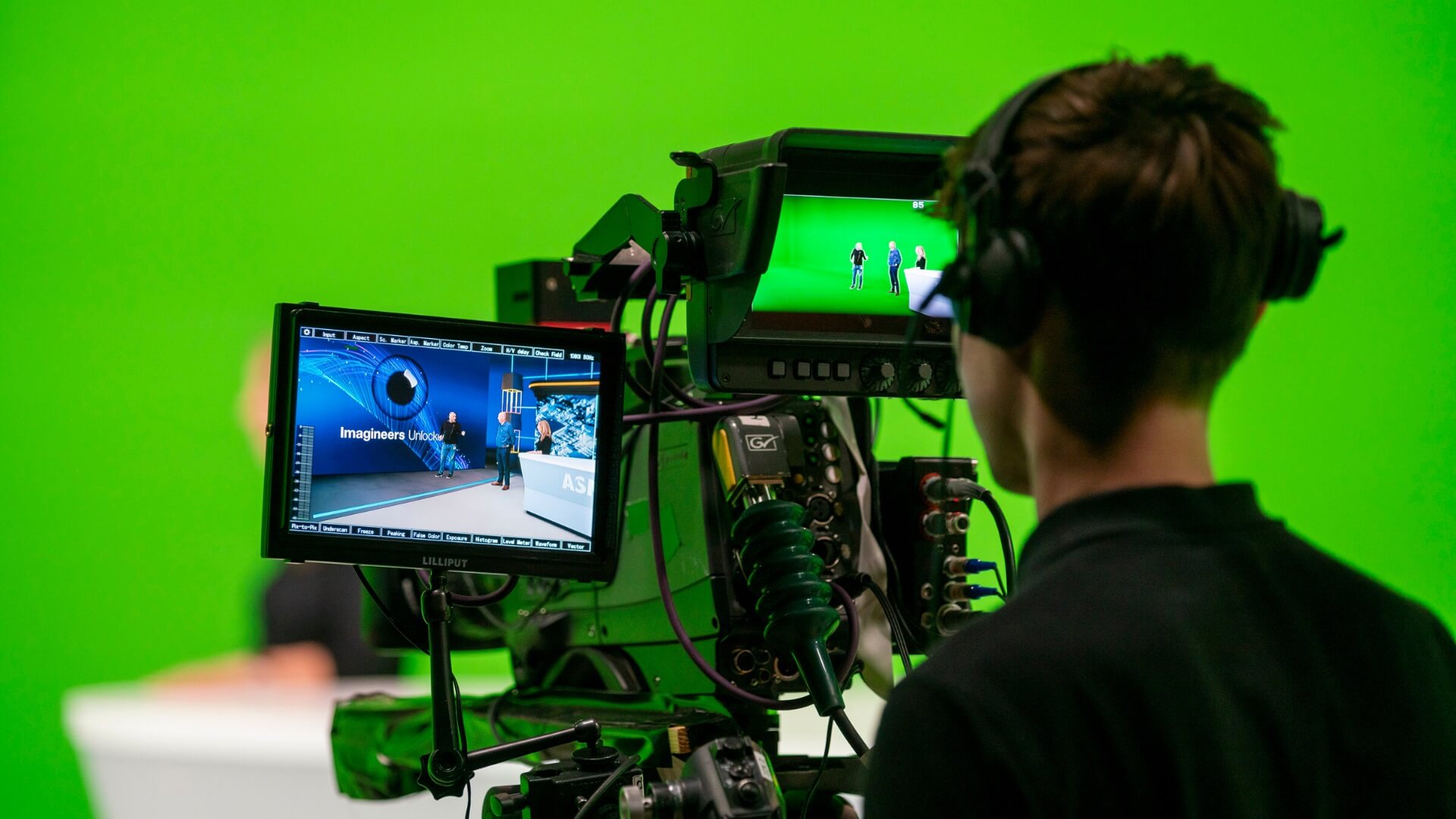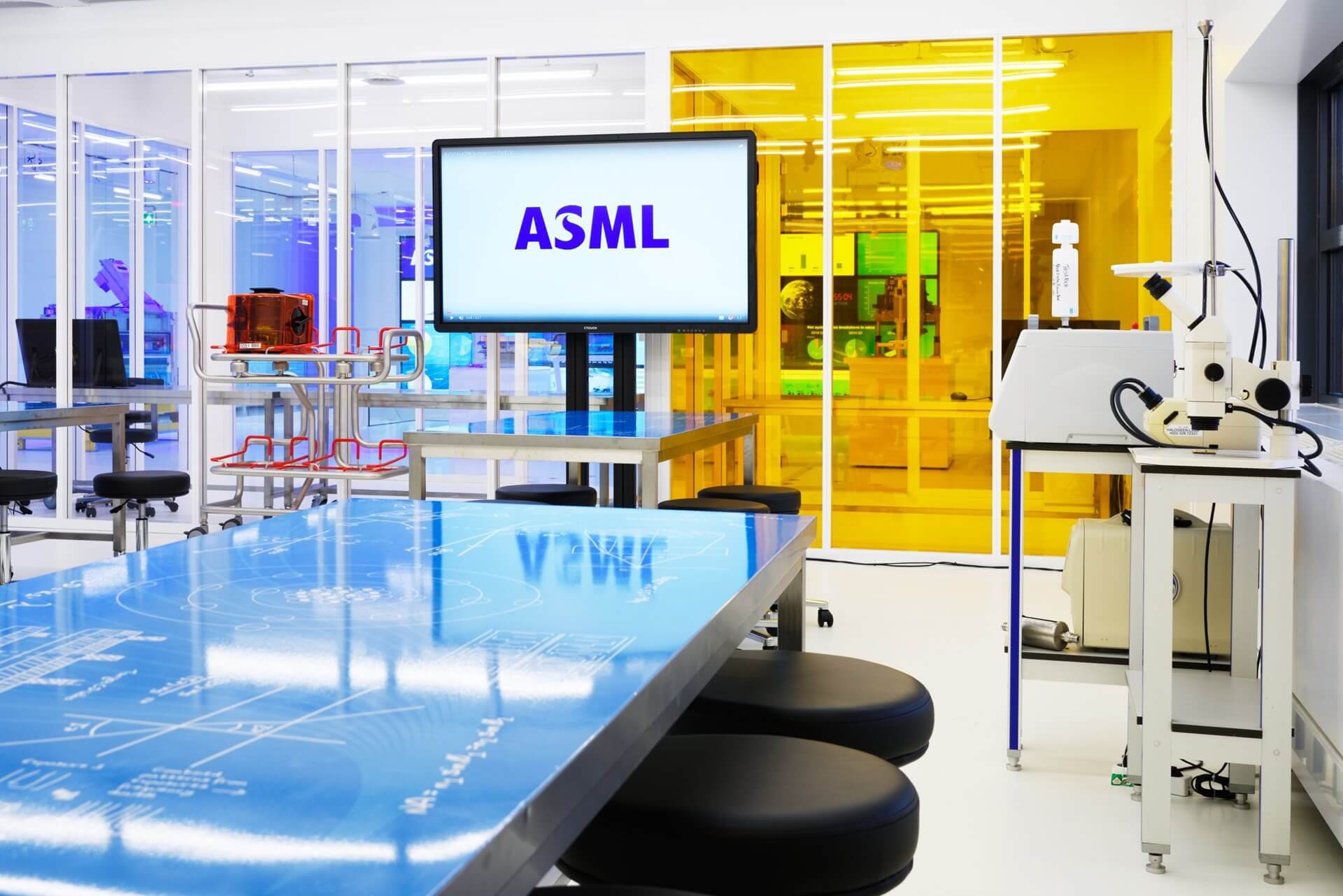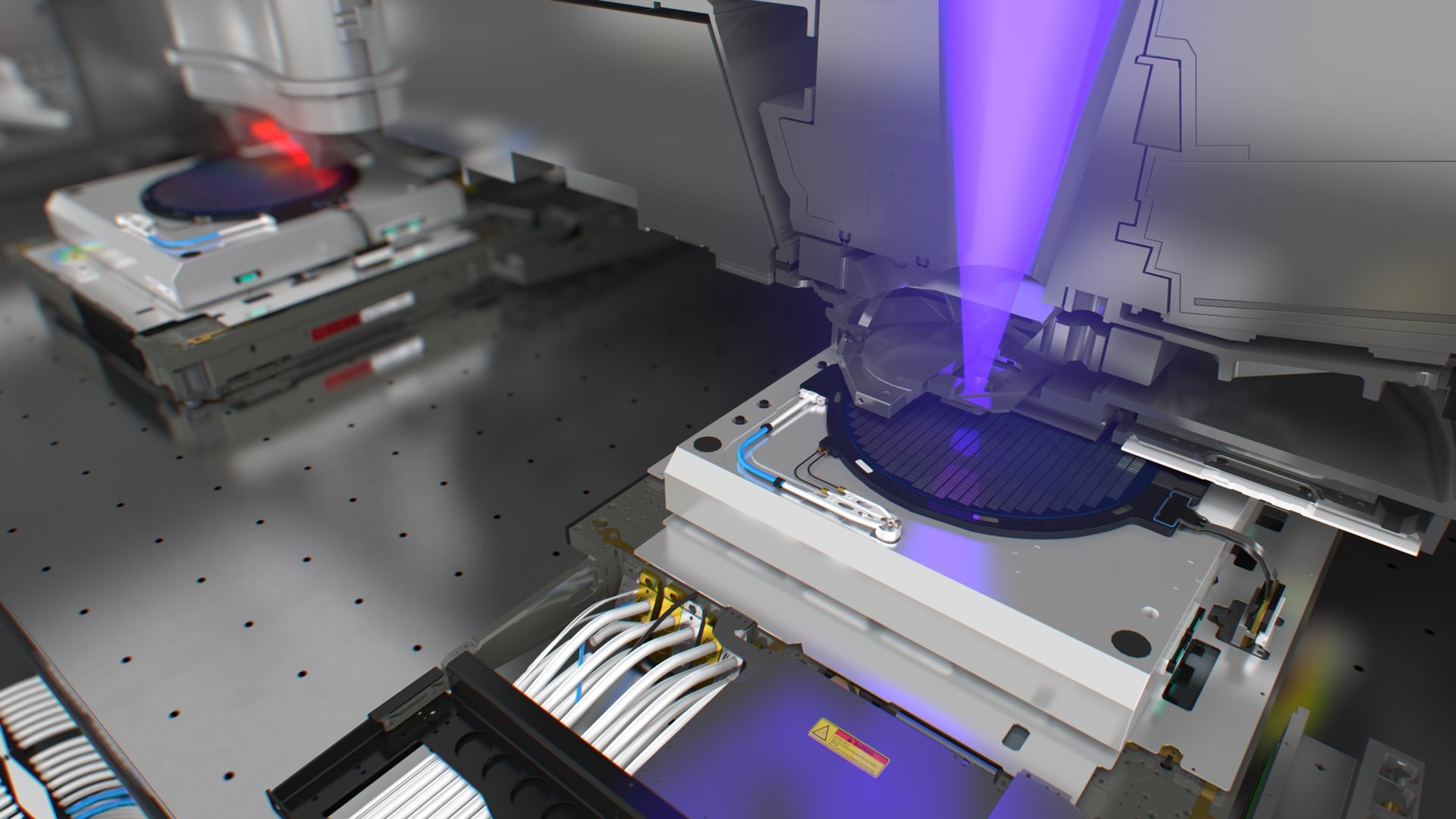Press release - Veldhoven, the Netherlands, April 22, 2008
ASML Holding NV (ASML) today announces that it has shipped its 1,000th KrF lithography system. This milestone shipment to a South Korean customer highlights the proven performance of ASML’s KrF technology for affordable and highly productive lithography in semiconductor manufacturing. As proof of its commitment to lithography value-of-ownership, ASML has increased scanner throughput by approximately 10% every year to a level of 150 wafers per hour today (300 mm diameter). Later this year, KrF systems will be able to process 165 wafers per hour, and this trend will continue in the years to come. In parallel, productivity enhancement packages (PEPs) are made available to retroactively enhance the productivity of the scanner installed base.
KrF-based lithography is used to process an average of 30% of the layers in 65-nanometer (nm) node computer chips. That number increases to around 40% as chipmakers move to the 45 nm node, according to ASML data.
World leader in productivity
The 1,000th KrF system will be used for the production of memory chips where productivity and total cost of ownership of lithography systems play key roles in generating competitive products.
- One customer exposed a record of 3,603 wafers (300 mm) in a single day on one of its ASML KrF systems.
- Four KrF scanners from ASML have processed more than one million wafers in a single year, setting new productivity records.
- A total of 82 semiconductor manufacturers worldwide are using ASML’s KrF lithography systems.
- The combined installed base of ASML KrF scanners (TWINSCAN and PAS 5500) processes more than 1.1 million wafers per day.
Maximum extendibility
ASML offers semiconductor manufacturers an extensive roadmap for further improvements to extend the success of KrF, including the introduction of the TWINSCAN XT:1000 with the ultimate dry numerical aperture of 0.93 as well as further overlay and throughput enhancements. With the industry’s highest numerical aperture for a KrF system, the TWINSCAN XT:1000 will offer a resolution of 80 nm. This will enable manufacturers to process more mid-critical layers on KrF, delivering cost-per-layer savings of 30% or more over ArF production.
KrF systems are forecast by industry analysts to gain in importance over coming years. “Noncritical i-line layers are gradually shifting into the KrF resolution domain and more and more implants, typically exposed with KrF, are needed to tune transistor performance. Being able to process many mid-critical semiconductor layers with KrF systems offers chip manufacturers the opportunity to control their cost and ultimately deliver more value to electronics producers and consumers. We expect worldwide KrF demand to rise over the coming years, growing easily by double-digit rates and reaching close to 300 scanner shipment levels by 2012,” said G. Dan Hutcheson, CEO of market research firm VLSI Research Inc.
“The success of the semiconductor industry is built on the principle of continuous cost reduction to make computing power and memory more affordable and easy to use, and this is especially relevant in today’s competitive environment. Our customers need to reduce the cost per layer, and ASML’s continuous KrF system improvements help them to achieve this goal,” said Bert Koek, general manager of 300 mm business at ASML.
About ASML
About KrF and ArF
About TWINSCAN productivity


